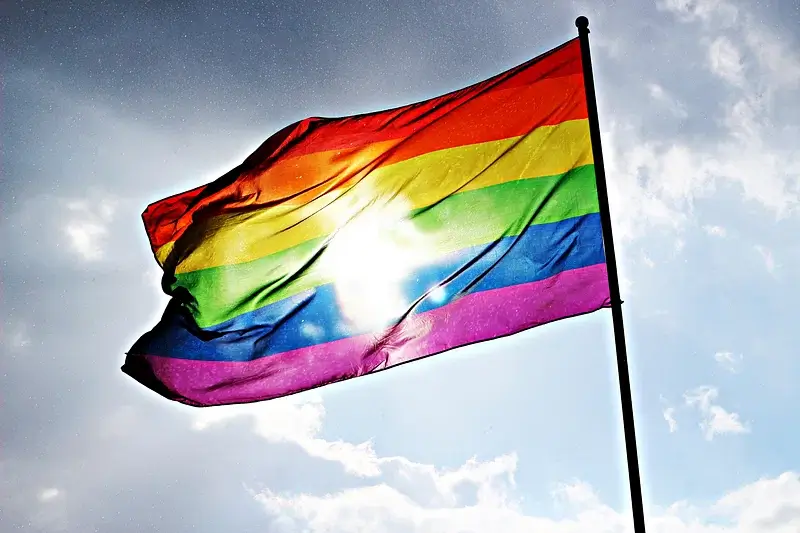Genderfluidity is a term that describes the experience of having a gender identity that varies over time rather than being fixed and static. Genderfluid people may feel more masculine, feminine, neither, or both at different points in their lives, depending on their personal feelings and circumstances. To express and celebrate their unique identity, genderfluid people often use the genderfluid flag, a colourful banner that represents the diversity and fluidity of gender.
Genderfluid Flag meaning and value
The genderfluid flag consists of five horizontal stripes, each with a different colour and meaning. The colors are pink, white, purple, black, and blue, and they symbolize femininity, all genders, a mix of genders, the absence of gender, and masculinity, respectively. The flag was created in 2012 by JJ Poole, a genderfluid artist and activist who wanted to visually represent the genderfluid community and its values.
Diversity and Fluidity
The genderfluid flag is a symbol of pride and identity for people who do not have a fixed or single gender but rather experience changes in their gender over time. The flag has five horizontal stripes, each with a different colour and significance:
- Pink Represents femininity and the fluidity experienced by those who identify as female at times.
- White: Represents the lack of gender, as well as the fluidity experienced by those who identify as agender or genderless at times.
- Purple: Represents both masculinity and femininity, as well as the fluidity experienced by those who identify as both or a mix of male and female at times
- Black: Represents all genders, as well as the fluidity experienced by those who identify as all or multiple genders at times
- Blue: Represents masculinity and the fluidity experienced by those who identify as male at times
The flag shows the world that gender is not a binary but a spectrum and that everyone has the right to express their gender in their way. By using the genderfluid flag, genderfluid people can affirm their identity, challenge stereotypes, and raise awareness about the issues they face.
Conclusion
The genderfluid flag is more than just a piece of cloth; it symbolises identity, pride, and solidarity for genderfluid people and their allies. It is a way of showing the world that gender is not a binary but a spectrum and that everyone has the right to express their gender. The flag reflects the diversity and fluidity of gender identity and the challenges and achievements of the genderfluid community.
Frequently Asked Questions
What does it mean to be genderfluid?
Being genderfluid means that your gender identity is not fixed or limited to one gender. You may feel more masculine, feminine, neither, or both at different times or situations. You may also use other terms, pronouns, or expressions to describe yourself. Genderfluidity is a form of non-binary or transgender identity, and it is a way of celebrating the diversity and fluidity of gender.
What is the Demigirl flag?
The demigirl flag is a symbol of pride and identity for people who partially identify as a woman or girl, regardless of their sex assigned at birth. The flag has three horizontal stripes: pink, white, and grey. The pink stripe represents femininity, the white stripe represents non-binary or agender identities, and the grey stripe represents the grey areas and partial connections to gender. The flag was created by a Tumblr user named Transrants in 2015.
How do you explain gender fluidity to parents?
Gender fluidity is the experience of having a gender identity that changes over time rather than being fixed and static. Gender fluid people may feel more masculine, feminine, neither, or both at different points in their lives, depending on their feelings and circumstances. They may also use other terms, pronouns, or expressions to describe themselves.
What is the asexual flag?
The asexual flag is a symbol of pride and identity for people who do not experience sexual attraction to others or have low or no interest in sexual activity. The flag has four horizontal stripes, each with a different colour and meaning:
- Black Represents asexuality, the absence of sexual attraction
- Gray: Represents gray-asexuality, the spectrum between asexuality and allosexual (sexual attraction)
- White: Represents allosexual, the presence of sexual attraction
- Purple: Represents community, the bond and solidarity among asexual people and their allies







